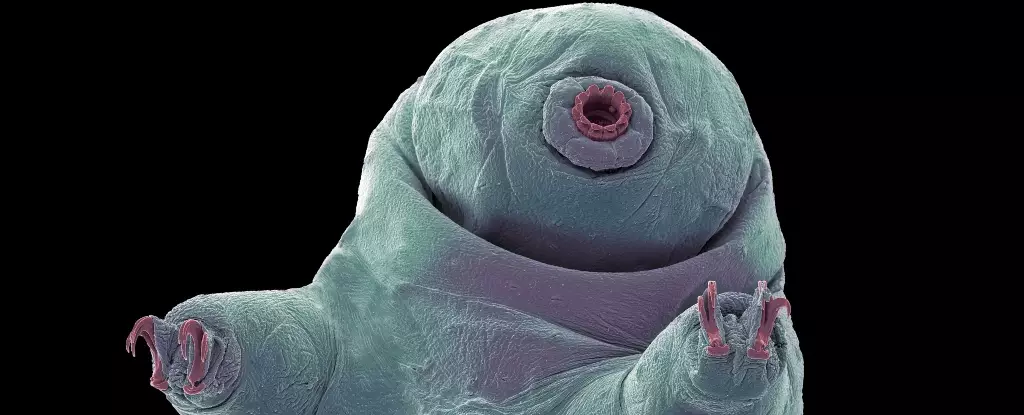The quest for human survival in space is more critical than ever, especially as we set our sights on ambitious missions beyond Earth. The 2025 Lunar and Planetary Science Conference held in The Woodlands, Texas, took on this heavy challenge, spotlighting innovative research aimed at understanding how life can endure in the unforgiving surroundings of extraterrestrial environments. Among the most captivating studies presented were insights into the remarkable world of tardigrades, the tenacious microscopic creatures commonly dubbed “water bears.”
An Unlikely Hero: The Tardigrade
Tardigrades have been a focal point in astrobiological research due to their incredible resilience. Surviving in conditions that would obliterate most forms of life—including extreme temperatures, intense radiation, and extreme pressure levels—these extremophiles challenge our understanding of what constitutes a viable life form. The study presented by NASA ambassador Isadora Arantes and Professor Geancarlo Zanatta highlights how these critters’ unique adaptations might be our best bet for addressing the myriad challenges of human space exploration.
Tardigrades embody the potential for survival in extreme scenarios, suggesting that life may flourish on other planetary bodies like Mars, Europa, and Titan. Considering the harsh environments marked by radiation, extreme temperatures, and other adversities, studying the mechanisms that allow tardigrades to withstand these conditions could unlock clues about life beyond Earth.
The Molecular Defense: Dsup and Other Proteins
At the heart of this research is a specific protein known as Dsup (Damage Suppressor), which plays a pivotal role in protecting these organisms from DNA damage caused by radiation. Arantes and Zanatta’s simulations using Gromacs software provided a comprehensive view of how Dsup functions to shield genetic materials, essentially forming a protective barrier that preserves the integrity of DNA. This molecular-level insight is vital for anyone looking to understand how we might engineer human cells to become more resilient to the punishments of space.
Interestingly, the research also extends beyond Dsup to include heat shock proteins (HSPs) and antioxidant enzymes, both of which safeguard against thermal stress and oxidative damage, respectively. These findings are crucial not just for survival in space but for improving resilience on Earth, especially as we confront challenges posed by climate change and extreme ecosystems.
Astrobiology Meets Biotechnology
The implications of studying the biological systems of tardigrades are extensive. Not only do they offer a blueprint for potential life on other celestial bodies, but they also provide a springboard for groundbreaking biotechnological applications. For instance, what if we could engineer crops that could withstand extreme droughts or develop human cells that resist cellular damage from radiation exposure? These extensions of tardigrade research could revolutionize agriculture and medicine, presenting a dual advantage: addressing terrestrial concerns while preparing humanity for extraterrestrial challenges.
Arantes and Zanatta emphasize that the understanding gleaned from studying extremophiles like tardigrades is immensely valuable for both present-day issues and future space missions. They advocate for a multidisciplinary approach that combines computational modeling with experimental research, suggesting that such synergy is vital for unveiling the secrets of extremophile survival mechanisms.
The Quest Ahead
While the findings from the Lunar and Planetary Science Conference are promising, they also underscore the immense work that remains. As we venture deeper into the cosmos and contemplate life on other planets, it becomes essential to broaden our perspective on life’s resilience, spelling out new avenues for exploration and innovation. The tardigrade stands as a symbol of hope—a microcosm of life that embodies the potential to thrive where we once thought it impossible. As we push the boundaries of what is feasible, the insights from these diminutive survivors could ultimately pave the way for our own survival in the infinite expanse of space.


Leave a Reply